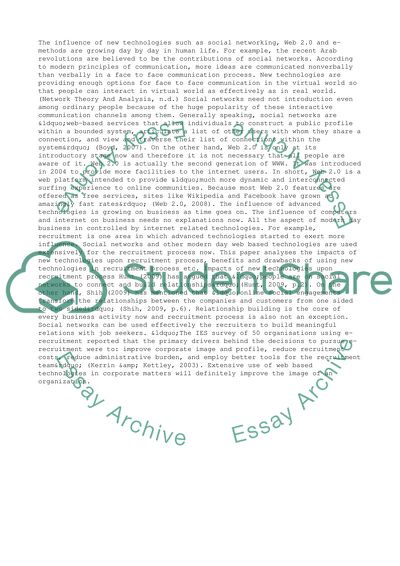Cite this document
(“The Latest Advances in Technology in The Recruitment Process Essay”, n.d.)
The Latest Advances in Technology in The Recruitment Process Essay. Retrieved from https://studentshare.org/management/1441104-managing-people
The Latest Advances in Technology in The Recruitment Process Essay. Retrieved from https://studentshare.org/management/1441104-managing-people
(The Latest Advances in Technology in The Recruitment Process Essay)
The Latest Advances in Technology in The Recruitment Process Essay. https://studentshare.org/management/1441104-managing-people.
The Latest Advances in Technology in The Recruitment Process Essay. https://studentshare.org/management/1441104-managing-people.
“The Latest Advances in Technology in The Recruitment Process Essay”, n.d. https://studentshare.org/management/1441104-managing-people.


